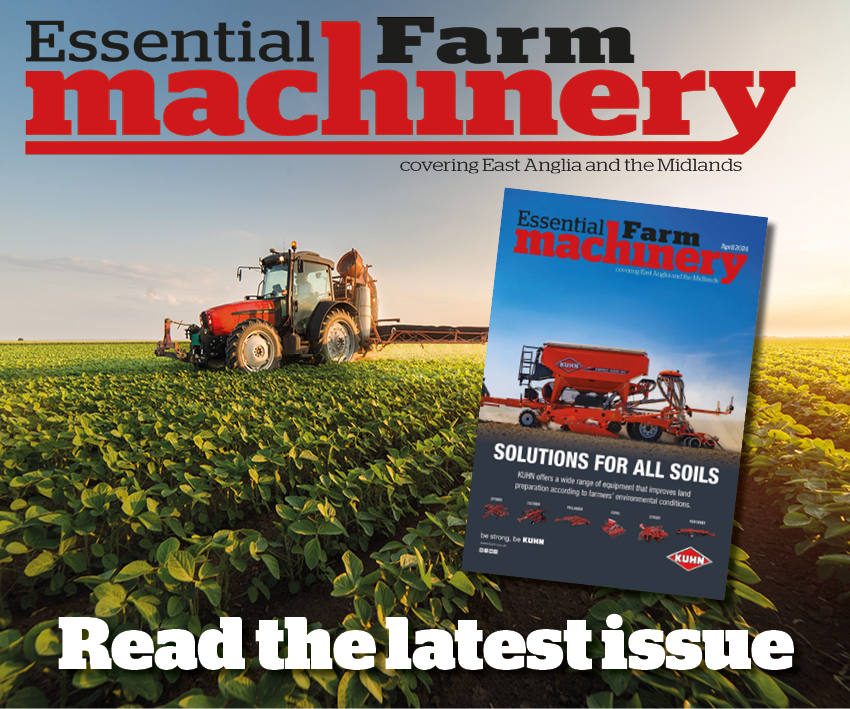

Satellite imagery is helping scientists develop a new method to help growers predict vining pea yields.
The PeaSat project involves ADAS researchers and pea grower cooperative HMC Peas to improve yield forecast accuracy – and better coordinate harvest efficiency while reducing crop losses.
Remote sensing specialists at ADAS believe they can use satellite data taken at flowering to accurately predict final pea yield. It is hoped the resulting algorithm will be ready for use by growers before the 2024 vining pea harvest.
ADAS remote sensing consultant Ben Hockridge says: “By creating an algorithm using satellite imagery, we can provide real-time, up-to-date information for everyone involved, no matter where they are in the process.”
HMC Peas have had yield mapping viners since 2017. They are sharing their repository of past yield map data for multiple vining pea varieties. This data will be used to calibrate the algorithm and ensure accuracy in time for harvest 2024.
Grower groups and processors who are supporting the project say accurately predicting yields from individual fields could revolutionise the way we vining peas are harvested – with benefits for farmers, consumers and the environment.
Pea processing company Greenyard predicting the yield that is coming out of a field would ensure that crops were taken at the required tenderometer reading (TR) band, reducing waste to a minimum and improving the production process.
HMC general manager Allen Giles says: “The efficiencies that this will bring will not only increase our productivity but will also potentially reduce our environmental impact significantly.”
Growers switch to SFI to fend off weather woes
News Apr 2, 2024
You can push through, says young farmer
News Mar 5, 2024
New glasshouse facility at Riseholme Campus
News Mar 5, 2024
Government makes pledge on UK food security
News Mar 5, 2024
Big farmland bird count gears up for 2024
News Jan 31, 2024











